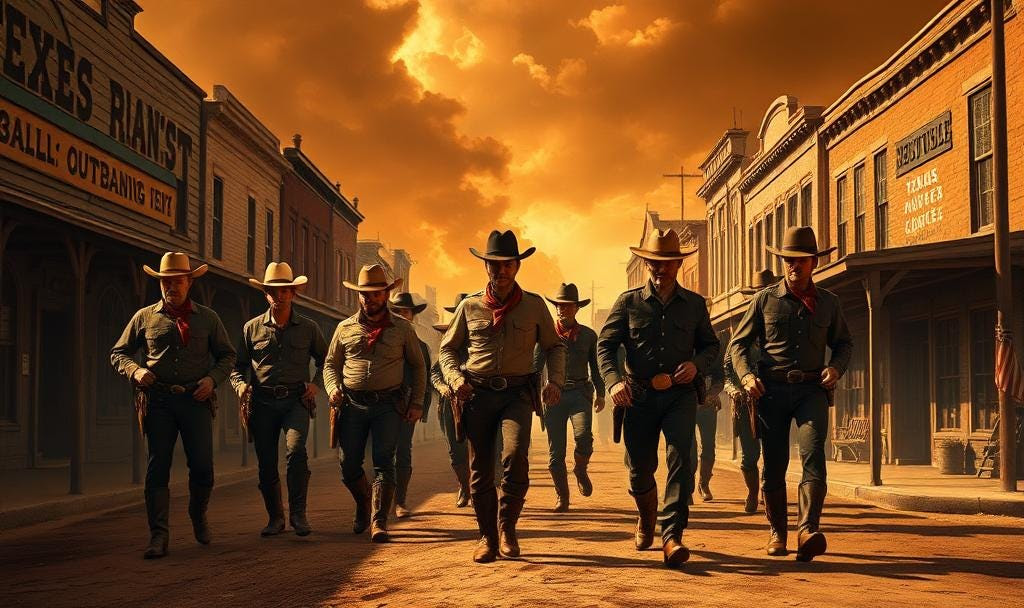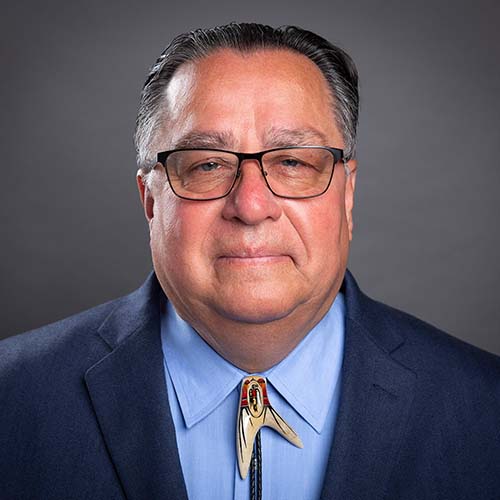
- Details
- By Professor Victoria Sutton
Guest Opinioin. Welcome to 1929 Borger, Texas.
Or “Booger,” Texas if you were there in the boomtown days of the fall of 1929. It was a new town, springing up with the oil industry, attracting speculators, oilmen, roughnecks and fortune seekers. But it also attracted those who preyed on the flowing wealth — con men, prostitutes, drug dealers, gamblers and fugitives from the law.
Borger’s Mayor John Miller and his shady associate, Richard “Two-Gun Dick” Herwig, were the criminal bosses of the criminal enterprise of Borger. Herwig was under indictment for murder in Oklahoma, yet the Mayor made him Chief Law Officer. Herwig brought a number of helpful felons with him to help “police” the new town. His work consisted of collecting “fees” from bootleggers and prostitutes.
When two deputy sheriffs were gunned down on a Borger street by some of Herwig’s thugs, there was no arrest. This failure to prosecute these murders got the state and federal governments’ attention, according to historical sources in Hutchison County.
On September 13, 1929, John Holmes who had just been appointed as district attorney was murdered — gunned down in the street by an unknown assassin.
Newspaper clips are from newspapers.com
In September 28, 1929, Governor Moody signed a proclamation declaring martial law in Hutchinson County, after the assassination of District Attorney John Holmes on September 18, 1929. This was the final straw for the state in their attempts to keep law and order. A plot to kill the prosecutor started to unravel.
Reports in the Amarillo Globe said the Governor had received calls from citizens to please call in the Texas Rangers to restore law and order in town.
The newspaper, the Amarillo Globe-Times, followed developments in the nearby frontier town of Borger, about 50 miles to its northeast. This is where the only known transcription of the proclamation exists. Even the Hutchison County Museum has never seen the actual proclamation or a transcription. (I think it probably exists and but we were unable to locate it.)
You might remember from history class or family stories, the Great Stock Market Crash of ‘29, on October 28, 1929; but here in Borger, another economy was operating, far from Wall Street.
The Proclamation
Governor Moody appointed the Executive General, Provost Marshall, Assistant Provost Marshall and others. The Proclamation was issued on Saturday, effective at 3pm on Sunday. National Guard troops came from Fort Worth by a “Special train”. Borger, Texas was official declared under martial law at 9am Sunday, September 29, 1929. About an hour later (10:05am), Stinnett, the County Seat (about 10 miles away) was also placed until martial law.
On Monday, September 30, 1929, the Amarillo Globe-Times reported that eighty-four state troopers (Texas Rangers) arrived by train and took over City Hall and then the Jail. Local law enforcement officers were disarmed and one was arrested.
The Associated Press reported on October 14, 1929 that martial law in Hutchison County was “expected to be lifted either Wednesday or Thursday of this week, Brig. Gen. Jacob Wolters said today after announcing Sheriff Joe Ownbey and Mayor Glenn Pace had resigned.” Interestingly it was decided that the Hutchison County Commissioners court would appoint a new sheriff and the City Commissioners would appoint a new mayor. Oddly, the city commissioners were expected to resign immediately after making the new appointment for the Mayor position.
Military troops were officially withdrawn on October 18, 1929 and martial law ended 11 days later on October 29, 1929.
These events occurred along with illegal drug dealer and gambling arrests by federal officials and trials that resulted in multiple criminal convictions. The martial law led to the arrest of the corrupt local government officials, leaving the town of Borger to recovery and become a prosperous (and peaceful) city.
State led Martial Law
The corruption of a frontier town was cleaned up but not after multiple warnings to the the local government. Once engaged, the cooperation of federal officials with Texas Rangers and the Texas Governor, quickly led to criminal convictions and a complete replacement of the local government elected officials and appointees.
Ideally, local, state and federal governments can make the most effective response.
To read more articles by Professor Sutton go to: https://profvictoria.substack.
Professor Victoria Sutton (Lumbee) is a law professor on the faculty of Texas Tech University. In 2005, Sutton became a founding member of the National Congress of American Indians, Policy Advisory Board to the NCAI Policy Center, positioning the Native American community to act and lead on policy issues affecting Indigenous communities in the United States.
Help us defend tribal sovereignty.
At Native News Online, our mission is rooted in telling the stories that strengthen sovereignty and uplift Indigenous voices — not just at year’s end, but every single day.
Because of your generosity last year, we were able to keep our reporters on the ground in tribal communities, at national gatherings and in the halls of Congress — covering the issues that matter most to Indian Country: sovereignty, culture, education, health and economic opportunity.
That support sustained us through a tough year in 2025. Now, as we look to the year ahead, we need your help right now to ensure warrior journalism remains strong — reporting that defends tribal sovereignty, amplifies Native truth, and holds power accountable.
 The stakes couldn't be higher. Your support keeps Native voices heard, Native stories told and Native sovereignty defended.
The stakes couldn't be higher. Your support keeps Native voices heard, Native stories told and Native sovereignty defended.
Stand with Warrior Journalism today.
Levi Rickert (Potawatomi), Editor & Publisher





